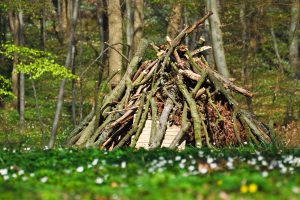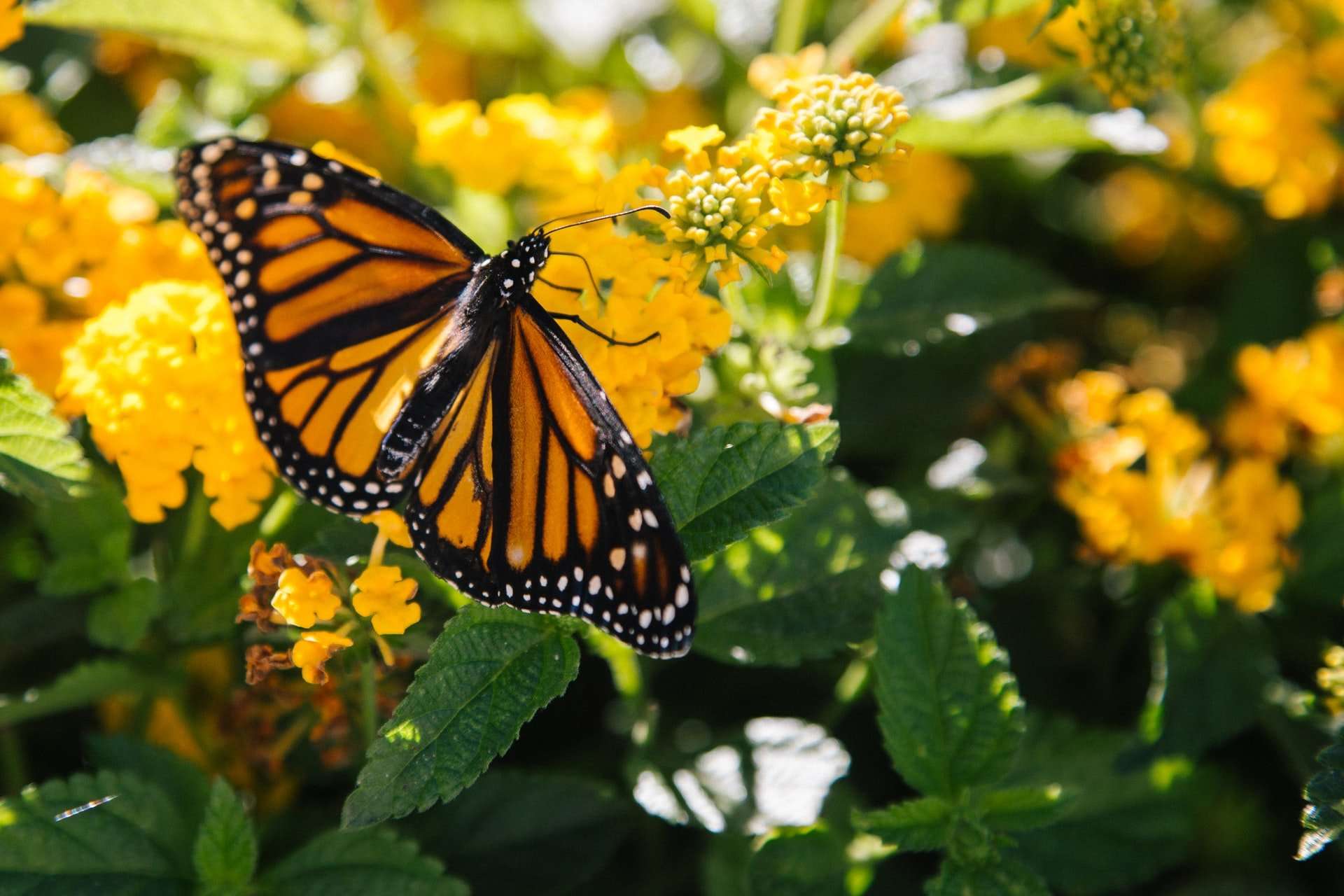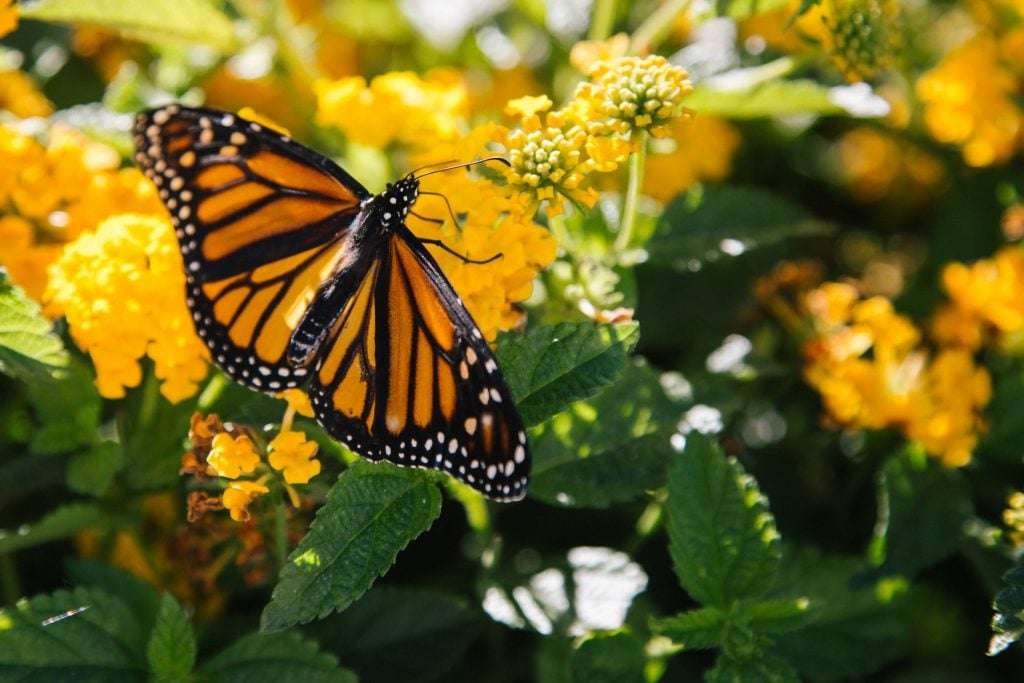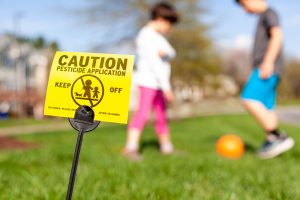Are you looking to go green with your landscaping? There are many easy ways to design your yard so that it benefits the local ecosystem. By choosing plants and features that support wildlife and attract beneficial insects, you can create a beautiful landscape while helping to sustain the environment. Here are a few tips for getting started.
What is Green Landscaping, and Why Should You Do It?
Green landscaping, also known as ecological landscaping or naturalistic landscaping, is a way of designing and caring for your yard or garden that is sympathetic to the local ecosystem. By using native plants, minimizing the use of pesticides and fertilizers, and creating a habitat for wildlife, you can make your landscape more sustainable and more resilient to the effects of climate change. Green landscaping can also help to reduce runoff and flooding, protect water quality, and improve air quality.
There are many benefits to green landscaping, not just for the environment but for you and your family as well. A green landscape can provide a haven for wildlife, attract birds and butterflies, and create a sense of peace and calm. It can also help to save you money on your water bill and reduce your carbon footprint.
Why You Should Use Native Plants in Your Landscaping
Native plants are those that occur naturally in your area. They’re adapted to the local climate and soil, so they require less water, fertilizer, and pesticide than non-native plants. Native plants also provide food and shelter for local wildlife, which has evolved to coexist with them. When you use native plants in your landscape, you’re helping to support the local ecosystem.
Native plants are also great for landscaping for beginners, as they require less work to get them to survive and thrive. If you’re not sure how to approach a landscaping project, native plants can give you a good starting point.
Since native plants require less watering in general, using them in landscape design is a great way to save water at home, since you can run the sprinkler system less frequently. Another way to save water is to integrate a rain barrel into your design and use the collected water to water your plants instead of the hose.
The Importance of Biodiversity
Your first instinct may be to say “Wait—why do I want animals in my yard? Aren’t they pests?” But the truth is, most animals are beneficial to your landscape. Birds and bats eat insects, for example, which can help to keep pest populations in check. And many animals and insects both pollinate flowers and disperse seeds, which helps propagate more plants.
In order to support a healthy ecosystem, you need a diversity of plant life in your landscape. A variety of trees, shrubs, and groundcover will provide food and shelter for different wild visitors throughout the year. Creating a habitat for wildlife doesn’t have to be difficult—in fact, you may already have everything you need. If you have a tree in your yard, that’s a good start!
If your native plants don’t have the pizazz you’re looking for, however, there are also more unique plants that can benefit your garden and look great doing it.
How to Create a Habitat for Wildlife in Your Yard
One of the best things you can do for the local ecosystem is to create a habitat for wildlife in your yard. This can be as simple as leaving some areas of your front lawn or backyard unmowed or planting flowers that will attract birds, bees, and butterflies.

It’s important to leave areas of your yard undisturbed if you want animals to visit. Noise and activity are likely to drive off skittish visitors, so try to keep pets and children away from areas you’ve designated as habitat. Adding plants along your fence not only provides the opportunity to use tall plants in your landscaping but also provides cover in an area that’s out of the way. Another option is to install a living fence—bamboo or hedges could do nicely.
You can also install brush piles, logs, or stones to provide shelter for animals. Be sure to use untreated wood if you’re going to be adding anything to your yard—pressure-treated wood contains chemicals that can be harmful to wildlife.
A final tip: if you’re planning on having wildlife in your yard, it’s especially important to avoid using pesticides and herbicides in your yard. Even DIY and eco-friendly variants are likely to drive off beneficial insects and other animals.
Protect Water Quality: Avoid Using Pesticides and Fertilizers
Pesticides and fertilizers can pollute the air, water, and soil and be toxic to humans, animals, and plants. When you use them sparingly (or avoid using them at all), you can minimize their impact on the environment.
How to Minimize Your Use of Pesticides and Fertilizers
Some simple steps you can take to reduce your need for chemical treatments on your lawn or garden include:
- Mulching your garden beds to prevent weed growth—no need to kill off what isn’t there.
- Planting native plants, which are adapted to your local climate and don’t require as much fertilizer to thrive.
- Using organic compost to improve soil quality instead.
Pesticides and fertilizers can be harmful to the environment, so it’s best to use them only when absolutely necessary. When you do need to use them, choose products that are least toxic and follow the directions carefully or try all-natural DIY methods first.
Reduce Runoff and Flooding
To prevent chemical products from making their way to water sources, it’s important to minimize runoff. Runoff is rain or melted snow that doesn’t soak into the ground but flows over the surface of the land. It can pick up pollutants like pesticides and fertilizers and carry them into waterways. To reduce runoff, consider using permeable surfaces like gravel or mulch in your landscape. You can also plant trees and shrubs to help absorb rainwater.
Create Something Beautiful—and Sustainable—Today
Green landscaping is a great way to make your landscape more sustainable and more resilient to the effects of climate change. It’s also good for the environment, your family, and your wallet. So why not give it a try?

About the Author
Meet Bridgett, your friendly neighborhood green building guru! With more years of experience than she’d like to admit, Bridgett is your go-to expert for all things eco-friendly construction. She’s on a mission to make your home the envy of every tree hugger in town (and maybe even the squirrels 🐿️). Let’s build a greener, funnier, and all-around better world together – one enlightened eco-conscious choice at a time!



